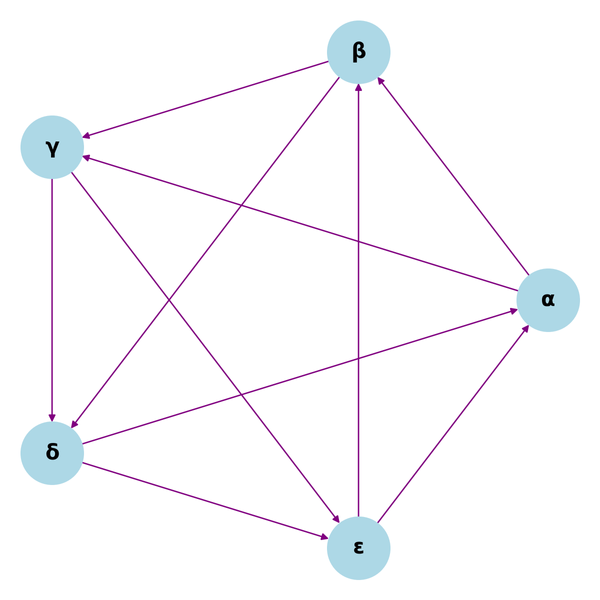How Namespaces and Cgroups Can Help You Isolate Your Processes
“Isolate your processes for better security, reliability, and reproducibility”

“Isolate your processes for better security, reliability, and reproducibility”
Introduction
In a nutshell, namespaces and cgroups are two Linux kernel features that allow better isolation between processes. They are often used together, but they can also be used independently.
What are Namespaces?
A namespace is a mechanism for isolating a group of processes from the rest of the system. Each namespace has its own view of the system, with its own set of processes, files, network interfaces, etc.
There are six different types of namespaces in Linux:
- PID namespaces: isolate the process ID space
- Mount namespaces: isolate the file system mount points
- Network namespaces: isolate the network interfaces
- IPC namespaces: isolate the inter-process communication mechanisms
- User namespaces: isolate the user and group IDs
- UTS namespaces: isolate the hostname and NIS domain name
What are Cgroups?
A cgroup (control group) is a mechanism for grouping processes and allocating resources to those groups. Cgroups allow you to limit and monitor the resources used by a group of processes.
There are four different types of resources that can be controlled with cgroups:
- CPU: limit the amount of CPU time used by a group of processes
- Memory: limit the amount of memory used by a group of processes
- I/O: limit the amount of disk I/O used by a group of processes
- Network: limit the amount of network bandwidth used by a group of processes
Uses
Namespaces and cgroups are often used together to create isolated environments for running applications. For example, you could use namespaces to create a separate environment for each application, with its own set of processes, files, and network interfaces. Then, you could use cgroups to limit the resources used by each application.
This approach has several benefits:
- Security: Isolated environments are more secure, because it’s harder for an attacker to escape from an isolated environment and access the rest of the system.
- Reliability: If one application crashes, it’s less likely to affect the other applications.
- Reproducibility: It’s easier to reproduce a problem if each application is running in its own isolated environment.
Conclusion
Namespaces and cgroups are two Linux kernel features that allow better isolation between processes. They are often used together to create isolated environments for running applications, but they can also be used independently.
If you want to stay up-to-date with the latest insights in Artificial Intelligence, DevOps, Cloud, Linux, Programming, Blockchain, Productivity, and more, subscribe to my Weekly Newsletter. You’ll also get access to my tutorials, tips, and guides, as well as resources from other experts in these fields. So check out my website, Narasimman Tech, and subscribe to my newsletter today!


